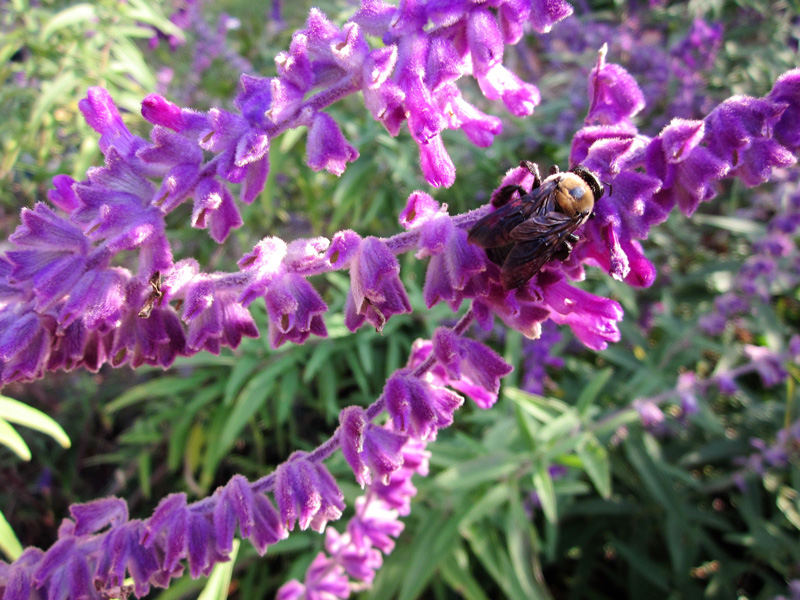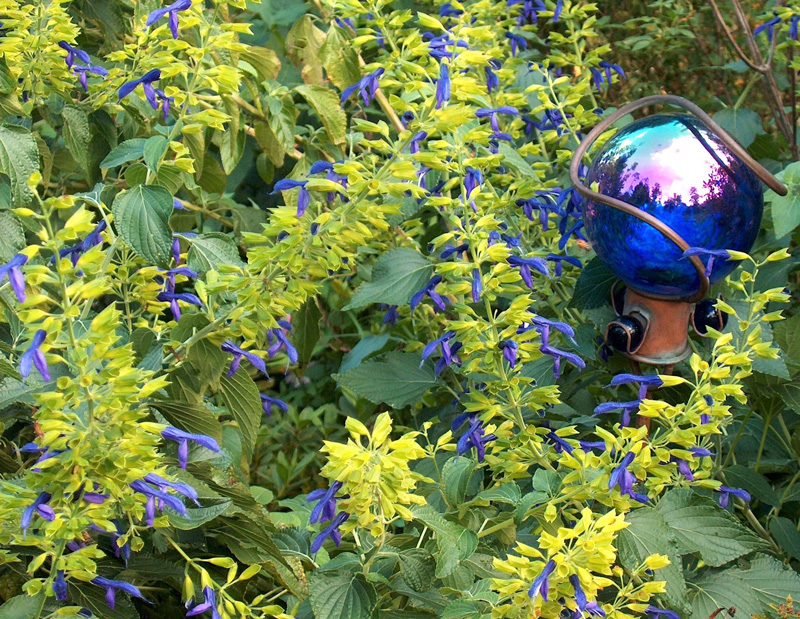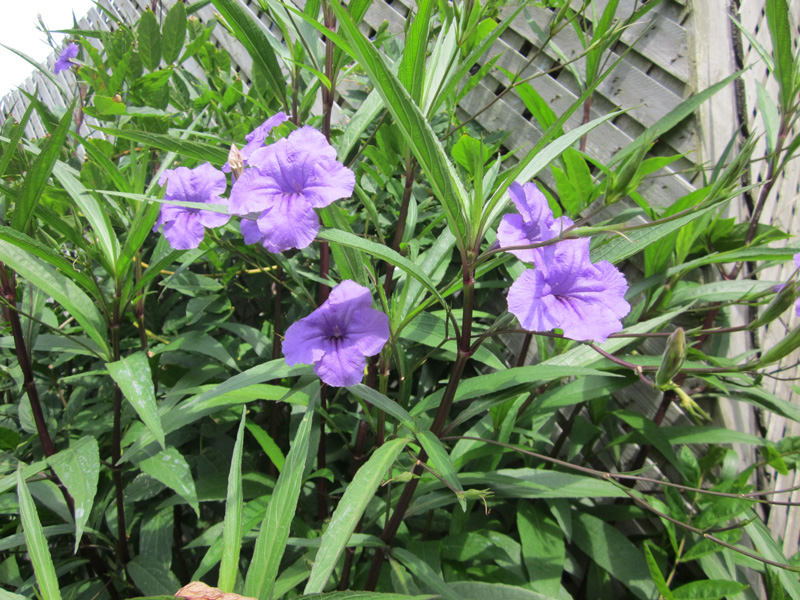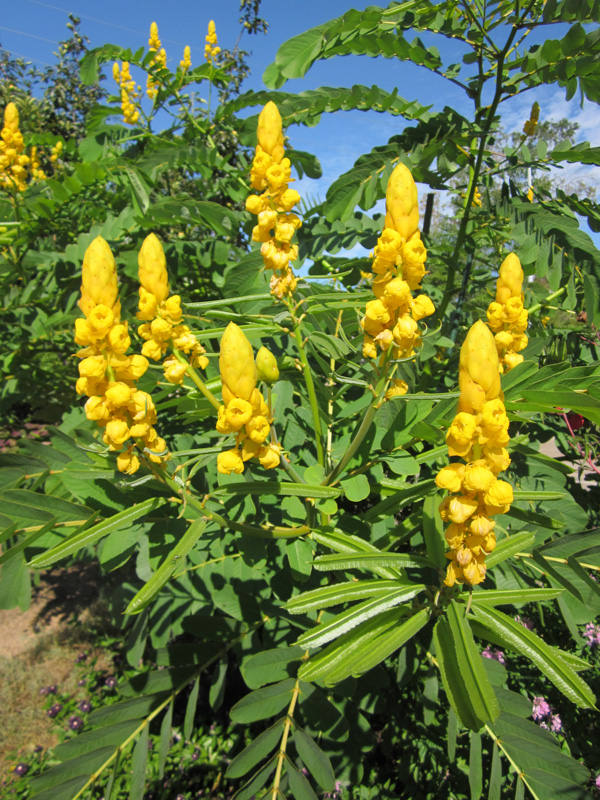Fabulous fall flowers – by Diane Morey Sitton
When it comes to color, there’s nothing timid about fall flowers. As if to outdo pumpkins, gourds and the captivating tones of Indian corn, fall gardens raise the color bar in a spectacular show of yellow, purple, red and orange, among other vibrant hues.
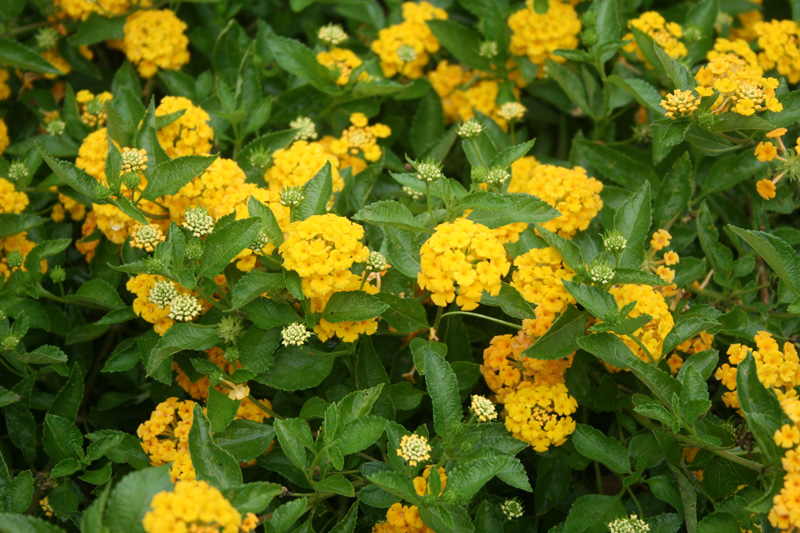
The color parade starts with carry-over selections from summer. There’s lantana, a tough, heat-loving, drought-tolerant border plant in colors ranging from yellow to lavender.
‘Gold Star’ esperanza, another summer carry-over, is nicknamed “yellow bells” for its trumpet-shaped blooms that light up gardens from spring until frost. Geranium, marigold, Mexican heather, rock rose, and pentas, among others, also persist through autumn.
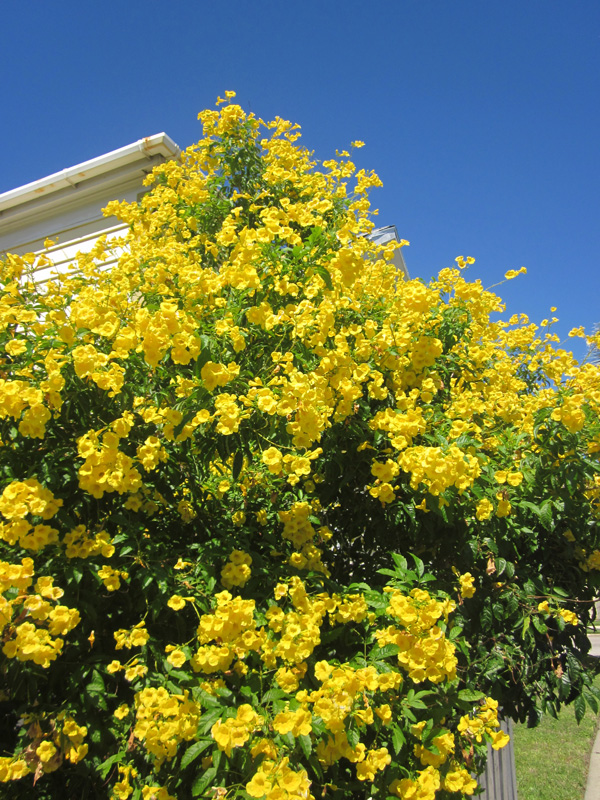
But as the days become shorter and the air takes on a crisper feel, fall bloomers begin to appear in borders, beds, herb gardens, and containers. Check out the fall favorites below.
• Mexican bush sage (Salvia leucantha). This showy salvia lures bees, hummingbirds, and flower-lovers with its velvety, violet-and-white flower spikes. Grayish-green foliage adds to the perennial herb’s beauty. Another fall-flowering sage, Salvia Mexicana ‘Limelight’, brightens borders with violet-blue flowers that emerge from chartreuse bracts. The dramatically-hued, bee-friendly bloom spikes also lure butterflies and hummingbirds. Grow the 3- to 6-foot-tall perennial plants in sunny borders.

• Mint marigold (Tagetes lucida). In fall, golden yellow flowers crown this upright perennial, also known as Mexican mint marigold. Grow the tidy plants in borders, herb gardens, and large containers. The herb is a showy companion to copper plant, celosia and mums. What’s more, you can use the oblong foliage for tea or as a culinary substitute for tarragon. Plants grow 18 to 30 inches tall.
• Mexican petunia (Ruellia simplex). Butterflies love the bluish-lavender, petunia-like flowers that top Mexican petunia’s tall, airy stems. Contain this old-fashioned, eagerly-spreading perennial with edging.
• Candlestick tree (Senna alata). This large accent/back-of-the-border plant boasts buttery-yellow, candle-like bloom spikes. Emperor’s candlesticks, as it is also known, grows up to 15 feet tall and has tropical-looking foliage. Another selection ‘Autumn cassia’ (Senna corymbosa) reaches 8 feet tall. Slender seedpods follow its golden blooms.
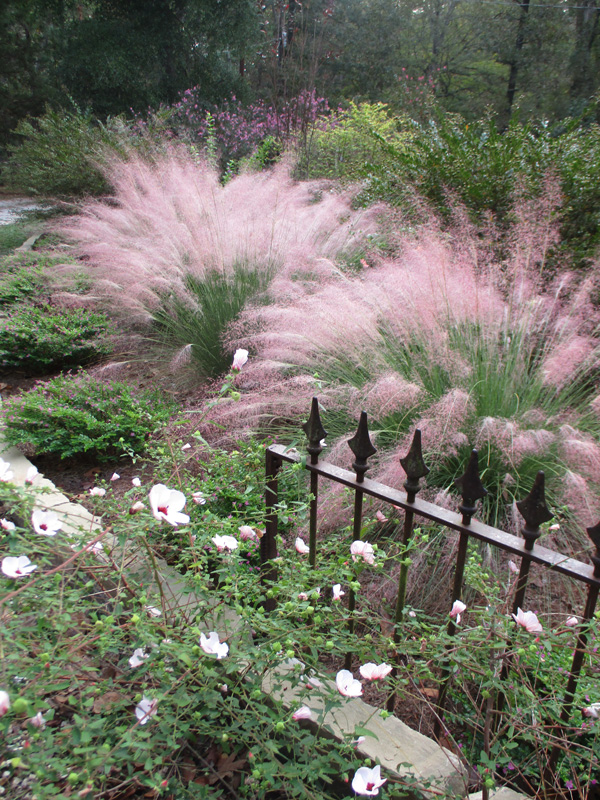
• Ornamental grass. Whether planted en masse or used as specimens, ornamental grass adds color and texture to fall gardens. Gulf muhly (Muhlenbergia capillaris), an outstanding Texas native, decorates landscapes with a dazzling display of pinkish-purple, cloud-like plumes. This drought-tolerant perennial reaches 3 feet tall. Lindheimer muhly’s (Muhlengergia lindheimeri) bloom spikes arch gracefully above bluish-green foliage. Eventually their slight purplish tint fades to off-white. The popular perennial reaches 3 to 5 feet tall.

